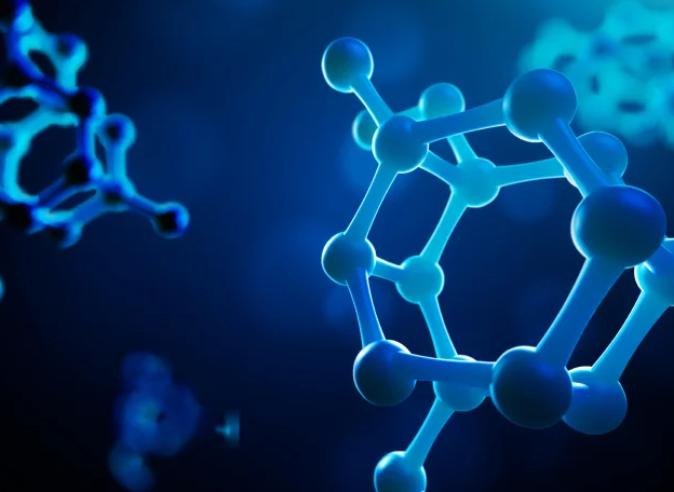When Are Physicochemical Properties Used in Science?
Physicochemical properties hold great significance in scientific studies and practical applications. These properties encompass both physical and chemical attributes of substances, allowing scientists to predict how substances behave under various conditions. Researchers often begin by asking how to define physicochemical properties, since clear definitions guide accurate measurements and consistent interpretations. By relying on these properties, scientists unlock insights across numerous scientific domains. Understanding them helps design better materials, develop effective drugs, and analyze environmental impacts more precisely. Their work drives advancements in technology, healthcare, and environmental preservation, showcasing the vital role these properties play in modern science.

What Are Physicochemical Properties?
Physical Properties
Physical properties describe the observable traits of a substance without altering its composition. These include characteristics such as melting point, boiling point, density, and solubility. Researchers measure these properties to gain insights into the material’s behavior in different environments and under varying conditions. By carefully assessing physical properties, scientists can predict how a substance will interact with other materials, aiding in creating new compounds, advancing technologies, and understanding complex natural phenomena across multiple fields.
Chemical Properties
Chemical properties define a material’s potential to undergo chemical changes. These properties include reactivity with acids or bases, oxidation states, and flammability. They are critical in understanding a substance’s behavior during chemical reactions and transformations. By thoroughly analyzing chemical properties, scientists determine stability, durability, and reactivity, guiding the synthesis of new chemicals, materials, and pharmaceuticals. This knowledge ensures safety in manufacturing processes, improves industrial efficiency, and supports innovation across chemistry, medicine, and applied engineering disciplines.
Fields That Use Physicochemical Properties
Chemistry and Material Science
In chemistry and material science, physicochemical properties are foundational. Chemists assess these properties to synthesize new compounds and design innovative materials for real-world applications. Understanding melting points, solubilities, and reactivities helps in developing catalysts, polymers, and alloys that meet demanding specifications. Material scientists use these properties to enhance material performance, ensuring durability, flexibility, and efficiency. By manipulating these properties, researchers create advanced materials with applications in electronics, aerospace, biotechnology, and energy storage, driving progress across industries.
Environmental Science and Regulation
Physicochemical properties are pivotal in environmental science. Scientists study them to understand how pollutants behave in natural settings and ecological systems. Solubility and reactivity, for example, determine how contaminants disperse in water, air, and soil environments. Regulatory bodies use this information to assess environmental risks, predict long-term impacts, and establish safety standards. By analyzing these properties, researchers develop methods to remediate polluted sites, improve waste treatment, and ensure sustainable practices, ultimately contributing to a cleaner, healthier, and safer planet.
Practical Uses of Physicochemical Properties
Drug Development and ADME/Medicinal Chemistry
In drug development, physicochemical properties are indispensable. Scientists evaluate properties like solubility and permeability to optimize drug absorption and distribution, known as ADME (Absorption, Distribution, Metabolism, Excretion). By understanding these critical properties, researchers design drugs with enhanced efficacy, stability, and minimal side effects. Medicinal chemists use this knowledge to create compounds that target specific diseases more precisely, improving patient outcomes, reducing toxicity, and lowering development costs. This integration advances pharmaceutical innovation and supports faster approval of safer therapies worldwide.
Materials Design and Engineering
Materials design and engineering heavily rely on physicochemical properties. Engineers utilize these properties to create materials with specific characteristics suitable for diverse applications across industries. By understanding physical endurance, chemical resistance, and thermal properties, engineers innovate construction materials, electronics, and consumer products with optimized performance. This knowledge enables the development of more efficient, sustainable, and safe products, driving technological progress and improving quality of life. Enhanced understanding also allows engineers to predict long-term durability, ensuring reliability under demanding conditions.

Advanced Methods and Emerging Applications
Computational Prediction and QSAR/QSPR
Modern science employs computational methods to predict physicochemical properties. Quantitative Structure-Activity Relationship (QSAR) and Quantitative Structure-Property Relationship (QSPR) models simulate these properties with increasing precision, saving time and resources. Scientists use these advanced tools to predict molecular behavior, guide experimental designs, and prioritize candidates for laboratory testing. This integration of computational prediction enhances accuracy, reproducibility, and efficiency in research, opening new frontiers in pharmaceutical development, material sciences, and toxicology, while also reducing experimental costs and environmental impacts significantly.
Databases and High-throughput Screening
Databases and high-throughput screening provide vast data sets on physicochemical properties that scientists analyze to identify promising candidates. These resources allow researchers to rapidly evaluate large numbers of compounds, accelerating both drug discovery and material development processes. By leveraging extensive databases and screening platforms, researchers can identify patterns, validate predictive models, and optimize testing strategies. This approach fosters innovation across scientific disciplines, reduces time to market, and supports sustainable development by minimizing unnecessary resource consumption during early-stage investigations.
Conclusion
Physicochemical properties are crucial in advancing scientific understanding and driving innovation. They enable scientists to develop new materials, design effective drugs, and address environmental challenges. As science continues to evolve, these properties will remain integral to discovery and development, beneficial across multiple scientific domains and industries, ensuring continuous progress in technology, healthcare, and environmental conservation.
